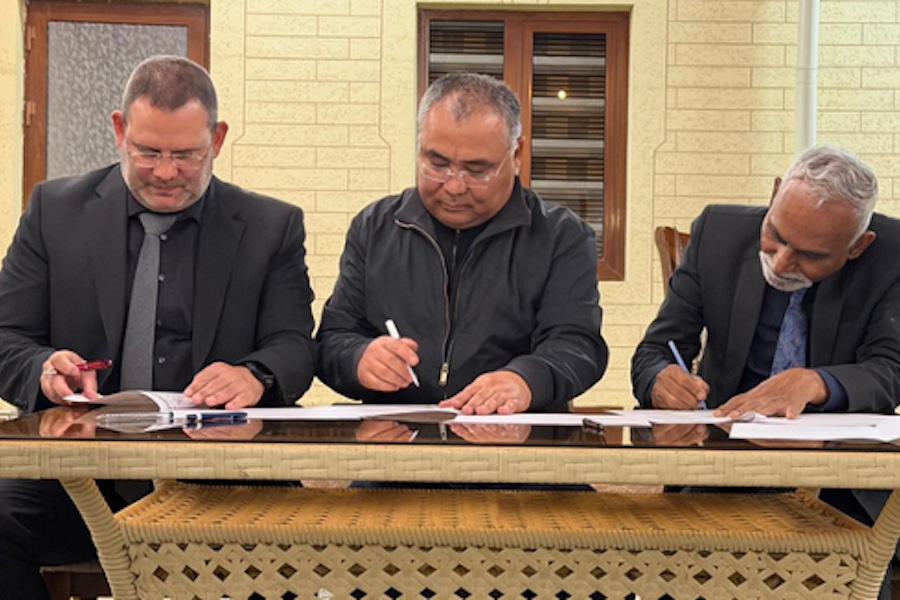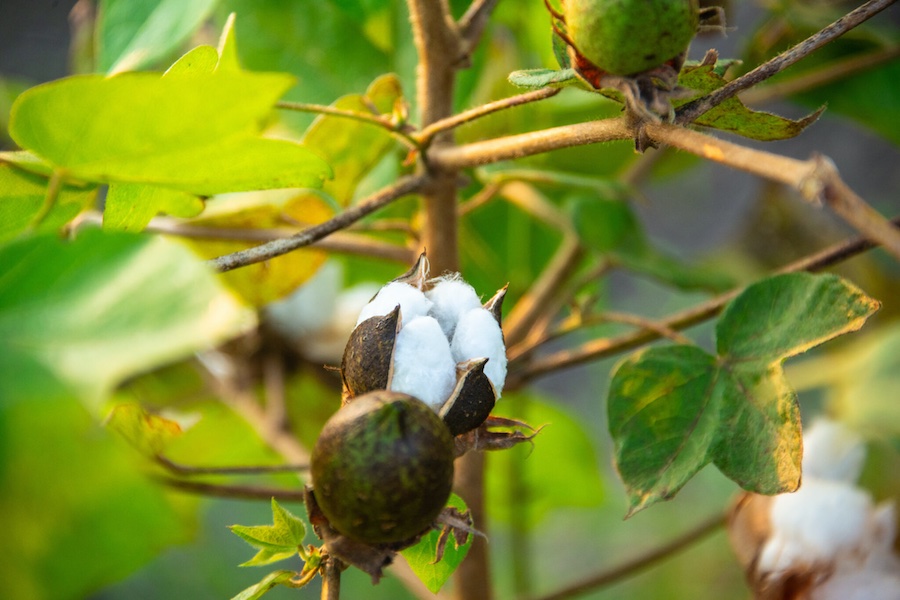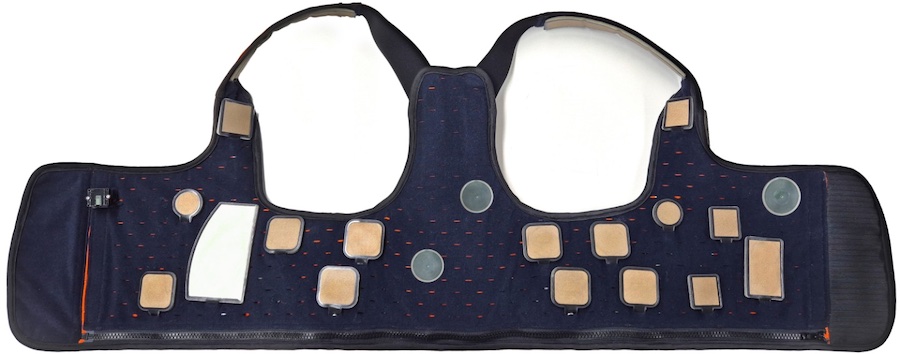#Natural Fibers
Special Issue: A research review on the Cotton Jassid
ICAC Chief Scientist, Dr Keshav Kranthi, highlights the history of a pest he calls "an unfortunate global citizen" due to its ability to spread from region to region. "This polyphagous pest has now infiltrated cotton-growing regions worldwide, from the dry fields of West Africa to the Caribbean islands and the southeastern United States," Dr Kranthi, editor of The Recorder, says in his opening letter. "For over a century, it has plagued Asia and Oceania, spanning from Iran to Japan and Micronesia, where it feeds on a broad array of economically vital crops, including cotton."
This edition of The ICAC Recorder features a single, in-depth, scientific review article — a comprehensive 45+ page treatise co-authored by Dr Keshav Kranthi and Dr Sandhya Kranthi, distinguished agricultural scientists with over 34 years of expertise in cotton research, technology development, and extension for smallholder farmers.
The article presents an extensive synthesis of knowledge on the cotton jassid, covering a broad spectrum of topics, including:
+++ Historical overview, taxonomy, and global distribution,
+++ Biology of the pest, reproductive dynamics, modes of dispersal, damage potential, and host range,
+++ Influence of agronomic factors such as sowing dates, fertilizers, pesticides, crop density, weather, and ecosystem interactions on pest incidence,
+++ Surveillance and scouting methods, damage grading systems, economic thresholds, and integrated pest management (IPM) and insecticide resistance management (IRM) strategies,
+++ Mechanisms of host plant resistance and breeding strategies for developing resistant cultivars, and
+++ Management approaches involving resistant varieties, agronomic practices, trapping methods, biological control, and the use of botanical, microbial, and chemical pesticides.+++
The jassid threat shows no signs of abating, and as Dr Kranthi says in the conclusion to his opening editorial, "Global collaboration is essential to combat this 'global citizen' before it exacts further tolls."
In addition to this special edition of The Recorder, the ICAC has created a special session to address the jassid at the upcoming 83rd Plenary Meeting (Mwanza, Tanzania, Nov 17-20, 2025, see agenda and register here). Entitled "Brain-storming on Combating the Global Jassid Invasion," the Third Open Session features six expert speakers and will be held Nov 18 from 12:30-2:30 PM.
To read the free September 2025 issue of The ICAC Recorder, please click here:
https://icac.org/wp-content/uploads/2025/10/Recorder-September-2025.pdf




canva-900-1.jpg)







